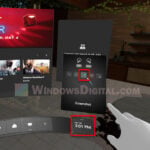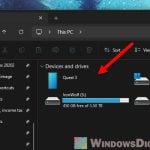Sometimes when you wear your Meta (Oculus) Quest 3 headset, the view can seem a bit blurry, or there might be too much glare. It might happen in one eye or both. Also, you might notice your movements (tracking), like turning your head or moving your hands, aren’t as smooth or precise. If this sounds like what you’re facing, this guide will show you what could be wrong and how to fix it quickly.
Also see: Graphics Glitches/Artifacts in Oculus (Meta) VR Game
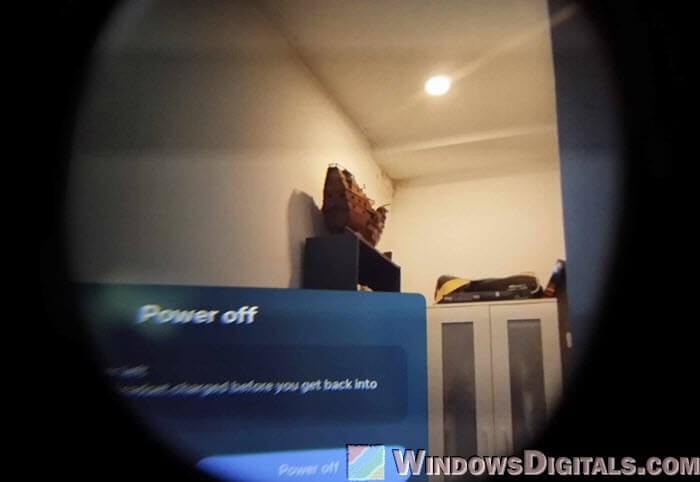
Page Contents
Why does the Quest 3 passthrough look blurry or have glare?
Passthrough on the Quest 3 lets you see the real world around you without taking off the headset, like looking through a camera. Normally, you should see things clearly, but if things look blurry or glare, it’s usually because the cameras on the headset are blocked, dirty or oily.
If you take a photo with a dirty phone camera, the photo will usually turn out blurry. Well, it’s the same with the Quest 3. If there’s oil, dirt, or fingerprints on the lenses, it will certainly affect how the cameras see the world, making your view blurry or glared. This glare gets worse if there’s a strong light, like sunlight or a lamp, shining on a dirty and oily lens.

Pro tip: How to Find the Best Channel for Your WiFi (Smoother VR)
How does the Quest 3 track movements?
The Quest 3 tracks movements with what’s called “inside-out” tracking. It uses cameras on its front and sides to watch your movements without needing other sensors. These cameras build a 3D map of your surroundings and keep track of your head, hands, and controllers as you move.
These cameras grab visual details from around you, and sensors inside the headset, like accelerometers and gyroscopes, measure how fast and in which direction you’re moving. The Quest 3 puts this data together to understand where you are and how you’re moving, then makes it work in the VR world.
![]()
Suggested read: WiFi 5 vs WiFi 6 vs WiFi 6E for Virtual Desktop (VR)
Why do dirty camera lenses cause tracking issues?
The cameras need a clear view to work properly. If anything blocks or blurs that view, even if it’s minor or unnoticeable, it can still affect the tracking system.
- Dirty and oily lenses can scatter light, causing glare or halos in your view. This will definitely make it tough and uncomfortable to see, especially if the glare happens in only one eye. It can also confuse the tracking system.
- When the camera lenses are too dirty or simply blocked by something, they won’t be able to get a clear picture of your surroundings, which can affect movement tracking. Your headset will have difficulty trying to figure out where you are or where your controllers are, and you might see your movements in VR being jittery or delayed.
- When your Quest 3 has difficulties trying to track your controllers, you will experience things like controllers drifting, disappearing, or just acting weird.
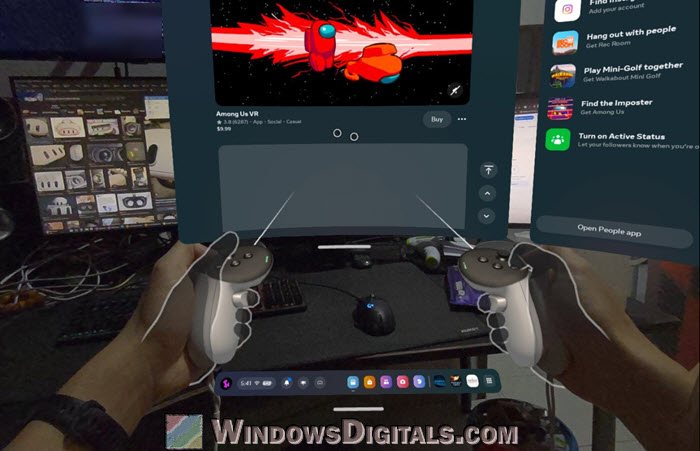
Might be useful: How to Enable File Transfer Between Quest 3 and PC
How can you fix blurry passthrough and tracking issues?
Clean the camera lenses
The first and most important step is to keep the camera lenses clean. Use a soft, lint-free cloth, the kind you’d use for glasses or camera lenses. Gently wipe the lenses to get rid of any dirt, oil, or fingerprints. Don’t use harsh chemicals or rough materials as they could scratch the lenses.
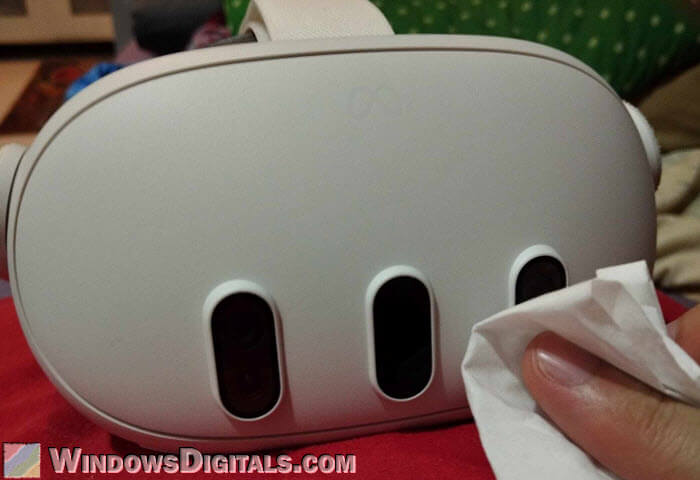
Check for obstructions
Make sure nothing’s physically blocking the cameras, like tape or a sticker.
Avoid touching the lenses directly
Try to avoid touching the lenses with your fingers. Oils from your skin can leave smudges (probably the most common cause of dirty lenses). If you do touch them, clean the lenses right away.
Keep your surroundings well-lit
Even though the Quest 3 cameras are quite good (compared to older models like Quest 2 or Rift S) in different light conditions, a well-lit room still helps the tracking system see better. But watch out for direct sunlight or strong lights, as they can cause glare on dirty lenses.
What if cleaning doesn’t fix the blur or tracking problem with Quest 3?
Camera damage
If the cameras are scratched or damaged, cleaning won’t help. In this case, you might need to get in touch with Oculus support or your Quest 3 seller to ask about repairs or warranty replacement.
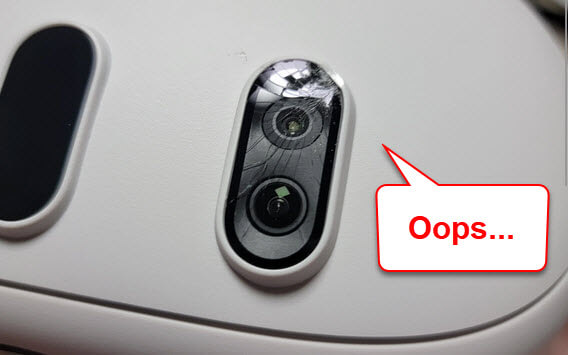
Software glitch
Sometimes, a glitch in the software can cause tracking problems. For example, when the headset is overloaded or overheat (when it’s throttled), tracking might seem delayed or stutter. Try restarting the headset (and your PC if you’re playing PCVR) to see if it fixes the issue. In extreme cases, you might want to try factory reset your headset (please be warned that everything will be wiped if you do that).
Interference from things around you
Reflective surfaces like mirrors or glass can mess with the tracking. If you have many reflective items in your play area, try covering them or changing your setup to see if it makes a difference.
